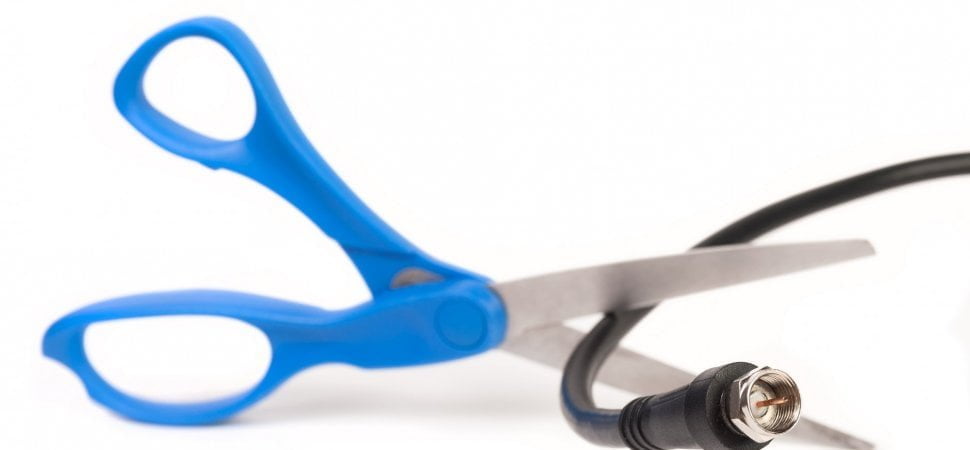
To cut the cord or not to cut the cord? It is a question that is being asked by many people who have spent decades paying their cable bills. While they may have, at times, questioned specific line items on those bills, eradicating their households of cable television altogether was never really a consideration.
However, in 2017, more and more people are taking the initiative to cancel their cable subscriptions. In the first 3 months of this year, roughly 762,000 pay-TV subscribers have cut the cord, with Dish Network losing approximately 320,000 subscribers in the first quarter alone.
Cable’s day of reckoning has come, and Zach Leonsis, Senior Vice President of Monumental Sports Network, recognizes the cord cutting trend, but also retains hope for networks based on continued interest in consuming live sports. Monumental has a media rights relationship with CSN Mid-Atlantic, a regional network that relies on cable subscriptions, but also has a growing arm that provides direct-to-consumer content.
“I think that clearly the trend of cord cutting and cord shaving, particularly amongst young consumers, has put networks on notice, and everyone’s trying to track and figure out where the eyeballs are going next,” says Leonsis. “The trend is to go toward digital, and some of these changes are systemic.”
Leonsis recognizes that some new college dormitories are even being built without the ability to attach coaxial cables that have traditionally allowed for cable boxes to operate.
“For many students, they never got the muscle memory of paying for a cable subscription,” explains Leonsis.
But despite the clear trend that Leonsis recognizes, he also points out that Regional Sports Networks (RSNs) in individual markets are still up and are often the #1 most viewed channels in designated market areas (DMAs). He believes there may be some sustainability there, at least in the near future, as his network concurrently launches a pure over-the-top (OTT) network transmitted via the Internet that allows Monumental to easily broadcast new sports, emerging sports and minor league sports to a younger demographic that may not even be set up to watch regional networks on a television.
“I do think the RSN business does have longevity and, at its core, is a very strong business, but you see the NFL even starting to carve out other packages,” says Leonsis. “I consider the Amazon Prime bundle to be ubiquitous. What I find to be a very interesting opportinity is that there’s new categories emerging where OTT and digital is the main channel and cable is secondary. The most prominent example is esports.”
Monumental is invested in the esports Team Liquid, which just recently won more than $10 million at a gaming competition. Leonsis is also helping run 1 of 17 teams to be part of a brand new NBA 2K esports league.
“All of those users are typically below the age of 30,” explains Leonsis. “They want to watch for free on Twitch or YouTube or other OTT networks.”
And that’s a big issue that the cable networks are wrestling with at this point. People want to watch new and emerging sports on OTT networks. They are happy watching TV shows on Netflix or Hulu. But then there’s live sports programming, which has really found itself at a very unique intersection. Monumental thinks it has the infrastructure to succeed in capturing all eyeballs with its various networks. However, strictly cable operators have large challenges to fight as they continue to hemorrhage subscribers.

